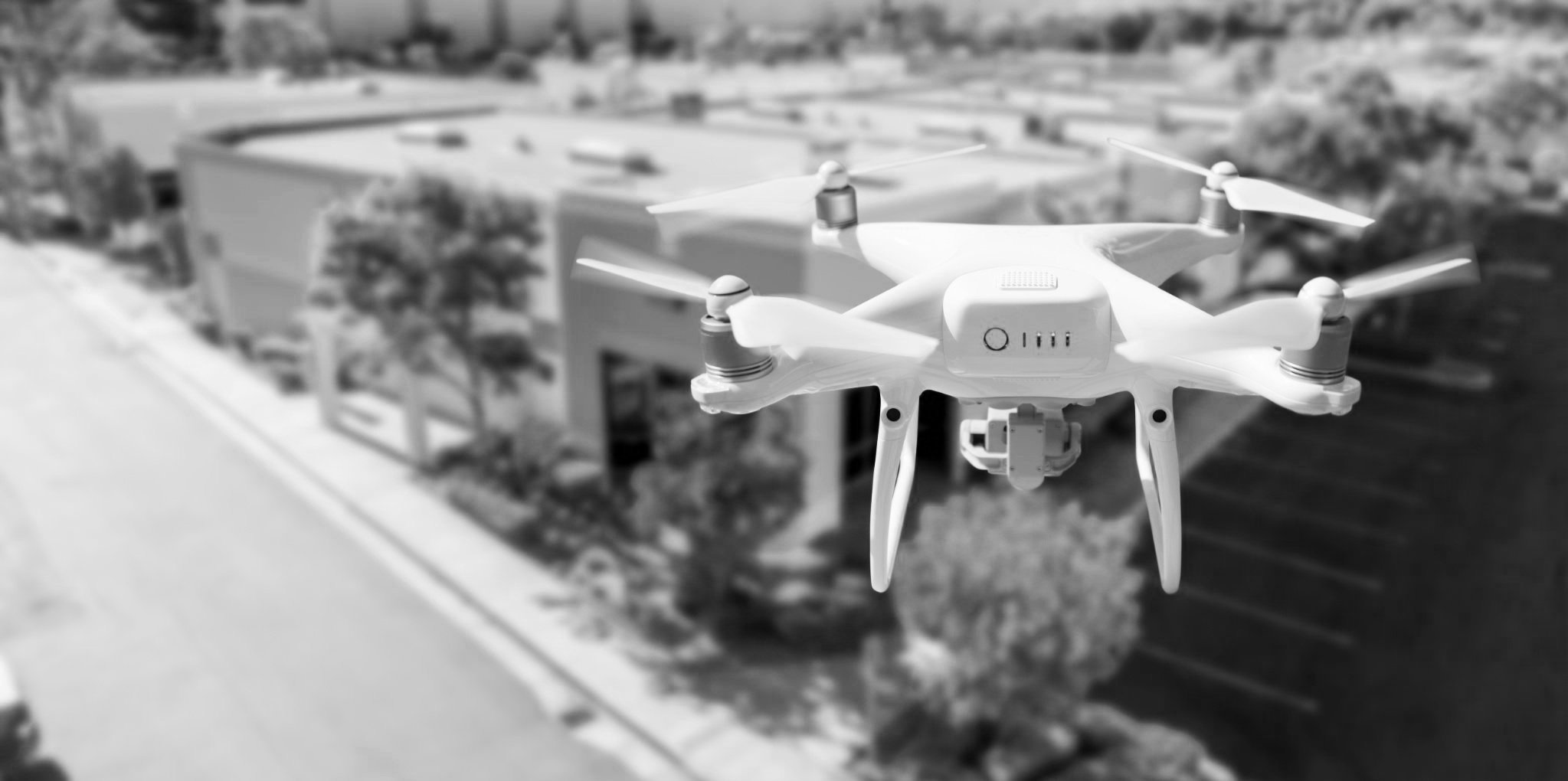
| Airports

The aviation industry faces a grave challenge as incidents involving drones recklessly approaching airports and aircraft continue to rise. Pilots regularly encounter situations where drones are spotted dangerously close to their aircraft, which has sparked deep-seated concerns among aviation professionals.
The frequency of these drone-related incidents, reported annually, has soared to a distressing level, posing an ever-increasing and immediate threat to the safety of passengers and crew members.
In the United Kingdom alone, 2023 witnessed an increase in the severity of such incidents at Heathrow and Gatwick airports, leading to runway closures and diverting or delayed flights. On two occasions in April 2023, drones came alarmingly close to aircraft at Heathrow. One flight saw a drone fly within 100 feet of a plane at an altitude of 6,000 feet as it was leaving Heathrow Airport, putting the flight's safety at extreme risk. Another incident happened the following week when the main runway was temporarily closed due to an illegally flying drone that came within three feet of hitting a Finnair plane travelling at 200mph.
Many airports have installed drone detection systems, but their effectiveness is often limited to a radius of approximately 2 kilometres from the airport perimeter. While airports recognize the potential threat posed by drones, they are reluctant to invest in costly drone detection systems and take on the high operational costs offered by vendors, especially as the industry is still recovering from the COVID-19 pandemic. Moreover, several Airprox incidents occur beyond the airport perimeter, some as far as 10 kilometres away, as airlines descend during their approach to landing. Highlighting the challenge of covering a larger area beyond the airport's immediate vicinity, a problem the aviation industry is just beginning to grapple with.
Mitigating the risks posed by drones
Air traffic control radars have advanced filtering mechanisms to differentiate between small objects, such as birds, and larger ones, such as aircraft. These filtering techniques enable the system to accurately detect and track aircraft while ignoring any irrelevant signals caused by other objects in the vicinity. However, because drones can be comparable in size to birds, they can be erroneously identified by these filters, thereby mistakenly slipping through the filtering process, leading to a potentially hazardous situation.
This issue underscores the urgent and critical need for more advanced drone detection technologies, which are beneficial and crucial in mitigating drone risks and ensuring air traffic safety.



